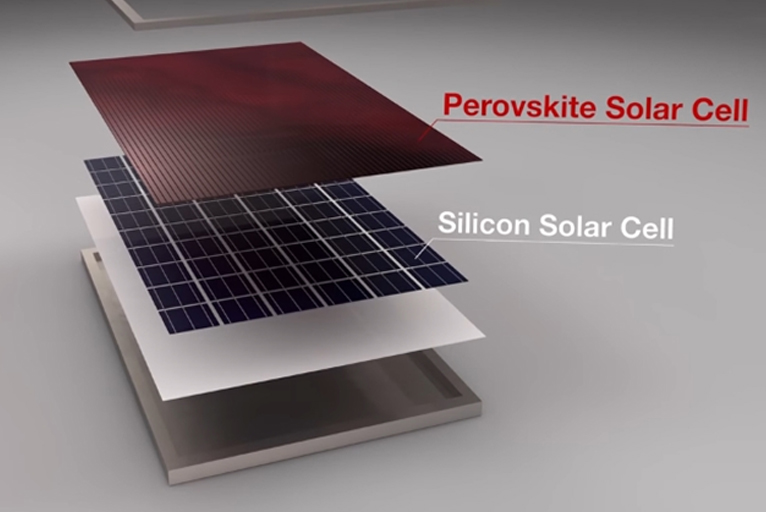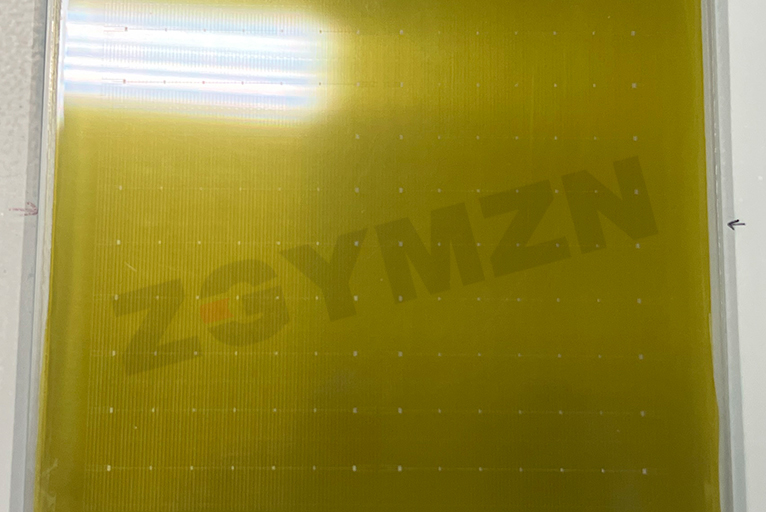google-site-verification: google0228a1feb97d321e.html
google-site-verification: google0228a1feb97d321e.html
google-site-verification: google0228a1feb97d321e.html
google-site-verification: google0228a1feb97d321e.html
google-site-verification: google0228a1feb97d321e.html
google-site-verification: google0228a1feb97d321e.html
1. Uniform deposition of perovskite light-absorbing layer
· Principle: The perovskite precursor solution is atomized into micron-sized droplets through high-frequency vibration, and uniformly deposited on the substrate surface to form a high-crystallinity, low-defect film.
· Application scenarios:
· Flexible substrate adaptation: Suitable for flexible substrates such as polyimide (PI) and polyester (PET), avoiding the strict requirements of traditional spin coating on substrate flatness. Shanghai Yangmi Intelligent Research, ultrasonic spraying can prepare a uniform perovskite layer on a flexible substrate, making the efficiency of flexible batteries reach 21.3% (close to the level of rigid devices).
· Large-area preparation: By adjusting the nozzle parameters (such as moving speed and frequency), uniform deposition of meter-sized films can be achieved to support industrialization needs.
· Advantages:
· The material utilization rate is as high as 90%, significantly reducing the waste of precious metals (such as lead) and organic amines.
· Non-contact spraying reduces substrate damage and is suitable for curved or rough surfaces (such as textile integrated photovoltaics).

2. Precise control of charge transport layer
· Applications:
· Hole/electron transport layer: Ultrasonic spraying can precisely control the thickness of materials such as TCO (such as ITO), PEDOT:PSS, and metal oxides (such as NiOx), and optimize the interface energy level matching.
· Interface passivation layer: Ultrathin two-dimensional perovskite or self-assembled monolayers (SAMs) are deposited by atomization to reduce interface defects and improve charge extraction efficiency.
· Cases:
· Shanghai Yangmi Ultrasonic System achieves 90% platinum utilization in MEA manufacturing, and the coating thickness control accuracy reaches sub-micron level.
· Uniform perovskite layer can be prepared in crystalline silicon stacked cells, breaking through the limitations of traditional solution methods on substrates.

3. Process synergy and industrialization potential
· Low-temperature process compatibility:
· Ultrasonic atomization can be completed at room temperature or low temperature (<150℃), avoiding thermal deformation of flexible substrates and adapting to the low-temperature preparation requirements of silicon heterojunction stacked cells.
· Roll-to-roll (R2R) production adaptation:
· The atomization process does not require high-pressure gas, which is suitable for continuous production and significantly reduces the cost per watt. Shanghai Yangmi roll-to-roll ultrasonic precision spraying equipment adopts ultrasonic nozzle technology, automatic rewinding and unwinding, and online substrate heating function to achieve spraying and drying, providing production efficiency. It can provide uniform and efficient thin film spraying and spray pyrolysis, with the thinnest film thickness reaching tens of nanometers. It is suitable for the preparation of various nano- and submicron-level thin films such as thin-film solar cells, PET films, non-woven fabrics, fabric functional coatings, carbon fibers, etc.
4. Technical challenges and future directions
· Challenges:
· Stability of precursor solutions (such as the oxidation problem of tin-based lead-free perovskites).
· Precise regulation of complex interfaces (such as perovskite/silicon stacks).
· Innovation direction:
· Develop multi-nozzle collaborative spraying technology to achieve simultaneous deposition of multi-layer films.
· Explore the composite process of vacuum ultrasonic atomization and ALD (atomic layer deposition) to further improve the density of thin films.